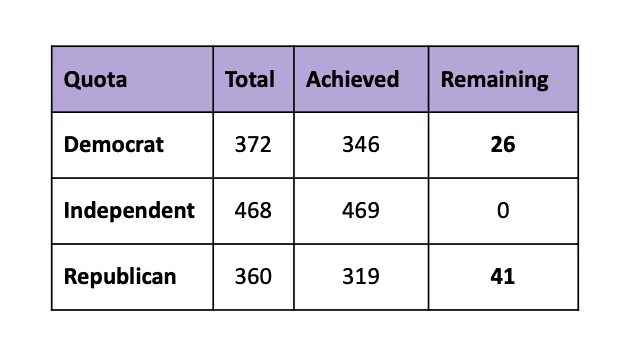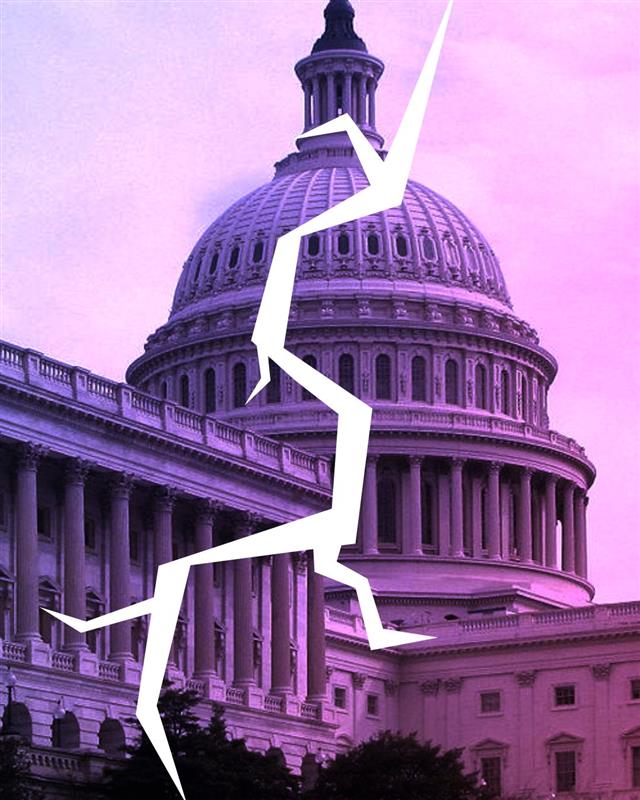The Majority of Voters No Longer Identify as Republican or Democrat.
The Big Picture
During the Republican convention, Donald Trump made a statement that was widely covered in the media: he wanted “to be president of all of America, not half of America.” However, the reality of the American electorate is far more complex than the traditional red-versus-blue binary. The rise of independent voters challenges this conventional thinking and signals a growing disconnect between the major parties and the electorate.
Zooming In
The Rise of Independent Voters
A majority of Americans no longer identify as Republicans or Democrats. According to recent Gallup data, 51% of Americans identify as independent, making independents the largest political group.

Only when independents are forced to choose between two parties do the numbers shift in favor of Democrats and Republicans. This distortion is problematic—it misrepresents the reality of modern American political identity. If we applied the same logic elsewhere, it would be like asking, “You say your favorite ice cream flavor is strawberry, but if you had to pick between vanilla and chocolate, which would it be?”
Challenges in Political Polling
Polling firms struggle to fill quotas that accurately represent the partisan breakdown of the electorate. In our State of the Nation: We Can Do Better poll, we aimed for a respondent pool of roughly 31% Democratic, 39% Independent, and 30% Republican registered voters.
However, we faced a surprising challenge: our team had to extend the polling window because we could not find enough self-identified Democrats or Republicans to meet the quotas.

This highlights a major issue for the two-party system: many voters are unwilling to identify with either party, signaling a branding crisis for both Democrats and Republicans—but not for independents.
Do Voters Want Trump or Biden?
The latest NPR/PBS/Marist poll asked whether Americans believe Trump should be the Republican nominee. The results:
- 54% of respondents said Trump should not be the nominee, including 13% of Republicans.
- Only 45% said he should be the candidate.
However, the poll also found that even more people—56%—believe Joe Biden should not be the Democratic nominee.
Trump vs. Biden: A Nation Divided
The latest Economist/YouGov poll asked registered voters who they plan to vote for:
- Trump: 43%
- Biden: 41%
Notably, 50% of voters are not supporting either candidate. Among Trump’s 43% support:
- 19% say they are voting against Biden rather than for Trump.
Independent Lens
The political reality in America today is that independent voters are the majority, and the two-party system is failing to adapt to this shift. The upcoming election will be a test of whether candidates can genuinely appeal to this growing independent bloc.
Should Trump win, we hope he remembers his pledge to govern for all Americans—including the largest group in the country: independent voters.
Subscribe to our newsletter for more insights into the rise of independent voters and their impact on the 2024 election.



%201.jpg)

